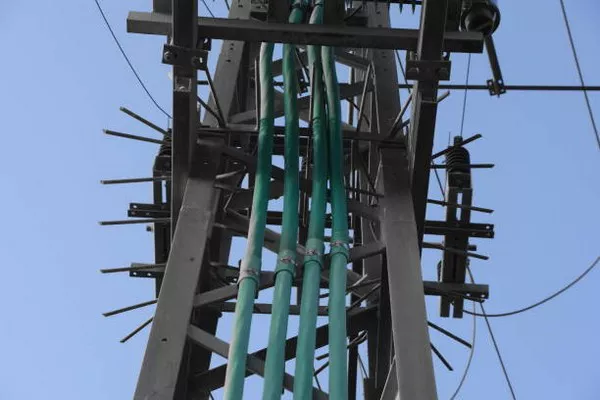Generators are indispensable tools, providing backup power during emergencies or serving as primary power sources in remote areas. However, despite their robustness, the question of whether a generator can withstand exposure to rain remains a pertinent concern. In this article, we delve into the intricacies of this issue, exploring the safety implications, maintenance requirements, and practical considerations associated with leaving a generator out in the rain.
Understanding Generators and Rain
Generators, whether portable or stationary, are typically designed with protective enclosures to shield their sensitive components from environmental elements. However, these enclosures vary in their degree of weather resistance. While some generators boast robust construction capable of withstanding rain, others may be more vulnerable to moisture ingress.
Safety Considerations
One of the primary concerns regarding generators and rain is the risk of electrical hazards. Water is a conductor of electricity, and when it infiltrates a generator’s components, it can lead to short circuits, electrical shocks, or even fires. Therefore, exposing a generator to rain without adequate protection poses significant safety risks, not only to individuals operating the generator but also to nearby structures and equipment.
Furthermore, rainwater can compromise the integrity of fuel sources, such as gasoline or diesel, leading to fuel contamination or dilution. This can adversely affect the generator’s performance and longevity, posing additional safety hazards.
Maintenance Requirements
Even generators designed for outdoor use require regular maintenance to ensure optimal performance and longevity, especially when exposed to rain. Routine maintenance tasks may include:
Cleaning and Drying: After exposure to rain, it is essential to thoroughly clean and dry the generator to prevent corrosion and moisture buildup. This may involve wiping down surfaces, inspecting electrical connections for signs of moisture, and using compressed air to remove water from crevices.
Inspecting Seals and Gaskets: Over time, seals and gaskets can degrade due to exposure to moisture and environmental factors. Regular inspection of these components is crucial to identify and replace any worn or damaged parts, ensuring proper sealing and protection against water ingress.
Checking Electrical Components: Inspecting electrical components, such as wiring, connectors, and circuitry, is essential to detect any signs of corrosion, moisture damage, or wear. Any compromised components should be promptly repaired or replaced to maintain the generator’s electrical safety and reliability.
Fuel System Maintenance: In addition to protecting the generator from rainwater, it is vital to safeguard the fuel system from contamination and water ingress. This may involve using fuel stabilizers, installing water separators, and regularly draining and replacing fuel to prevent buildup of moisture and impurities.
Enclosure and Shelter: Providing adequate shelter or enclosure for the generator can significantly reduce its exposure to rain and other environmental elements. This may involve installing a weatherproof housing or constructing a dedicated generator shed to protect the unit from inclement weather.
Practical Considerations
While generators are designed to withstand various environmental conditions, including rain, certain practical considerations should be taken into account when determining whether to leave a generator out in the rain:
Manufacturer’s Guidelines: Always refer to the manufacturer’s guidelines and specifications regarding the intended usage and environmental conditions for the generator. Adhering to these recommendations is crucial to ensure safety, reliability, and warranty compliance.
Location and Terrain: Consider the location and terrain where the generator will be deployed. If the site is prone to heavy rainfall, flooding, or extreme weather conditions, it may be advisable to take additional precautions, such as elevating the generator on a platform or installing drainage systems to prevent water accumulation.
Emergency Preparedness: In emergency situations where immediate power generation is necessary, the decision to deploy a generator outdoors may outweigh the risks associated with exposure to rain. However, even in such scenarios, precautions should be taken to minimize the likelihood of electrical hazards and equipment damage.
Investment in Protective Measures: Investing in additional protective measures, such as weatherproof enclosures, waterproof covers, or custom-built shelters, can enhance the resilience of the generator and mitigate the effects of rain and moisture.
Regular Inspection and Maintenance: Regardless of whether the generator is exposed to rain, regular inspection and maintenance are essential to ensure its reliability and longevity. Incorporating these practices into a proactive maintenance schedule can help identify and address potential issues before they escalate.
See Also How Are Electrical Transformers Made? A Step-by-Step Guide
Conclusion
In conclusion, while generators are capable of withstanding a certain degree of exposure to rain, careful consideration must be given to safety, maintenance, and practical factors. By adhering to manufacturer’s guidelines, implementing proper maintenance procedures, and considering the specific environmental conditions, users can mitigate the risks associated with leaving a generator out in the rain. Ultimately, proactive measures and prudent decision-making are key to ensuring the safety, reliability, and longevity of generators in diverse operating environments.

